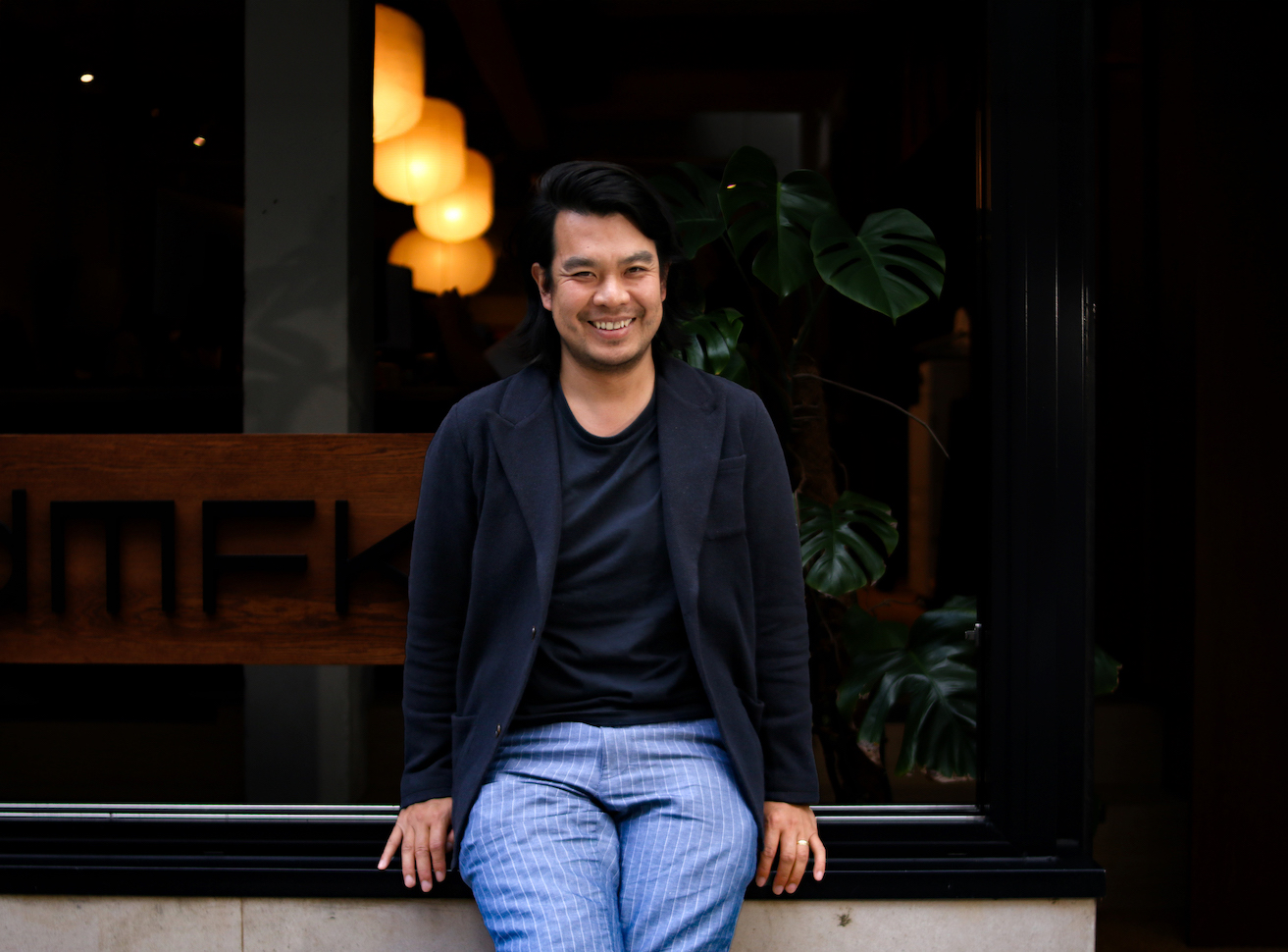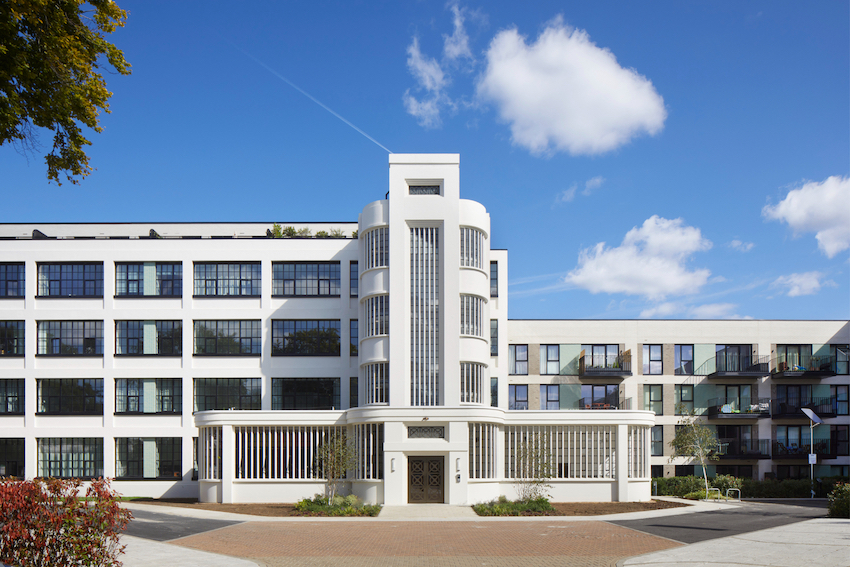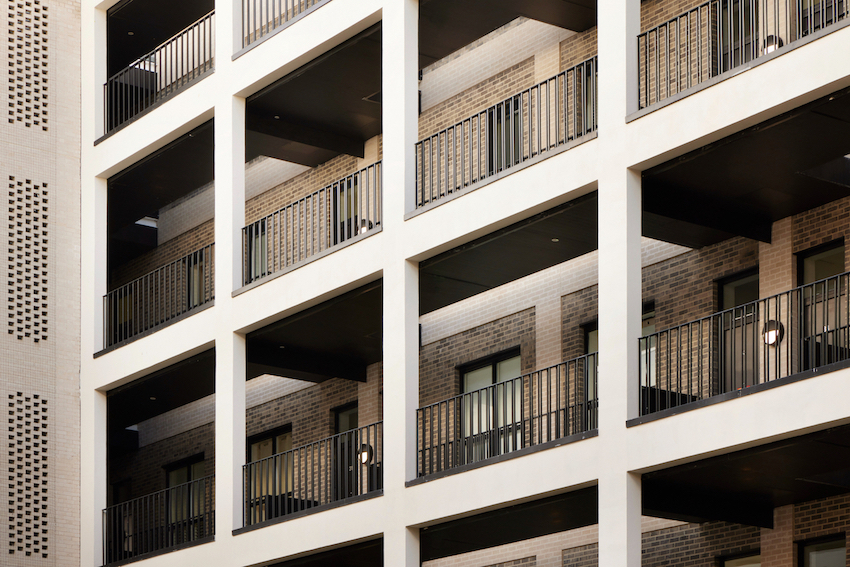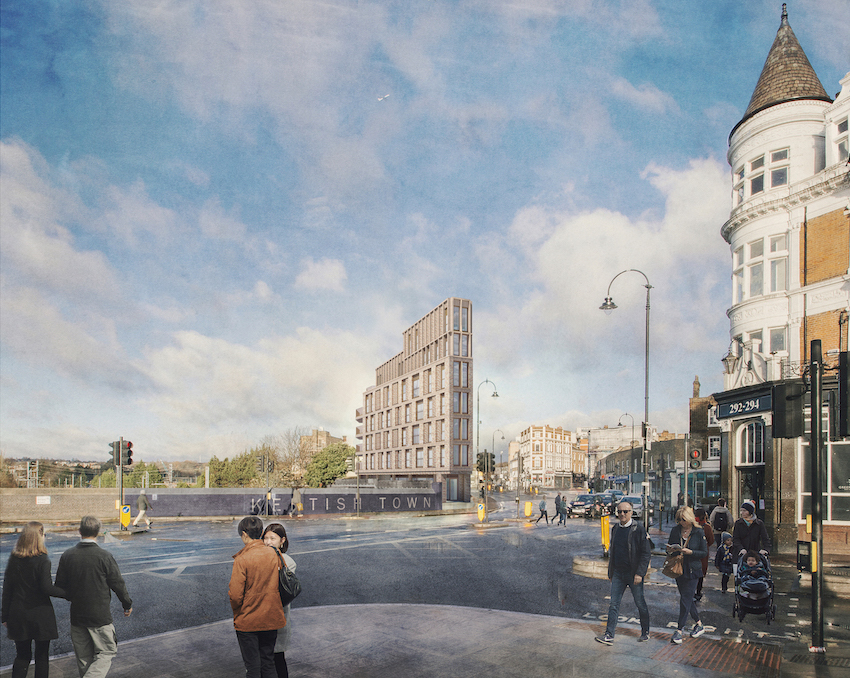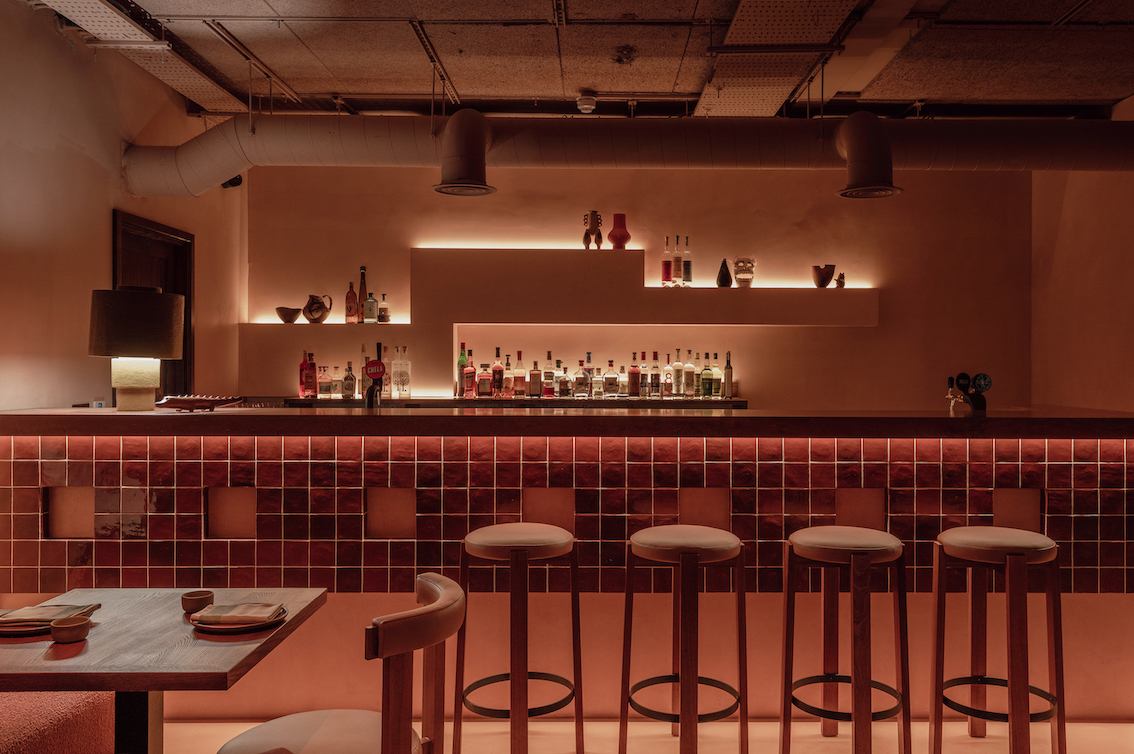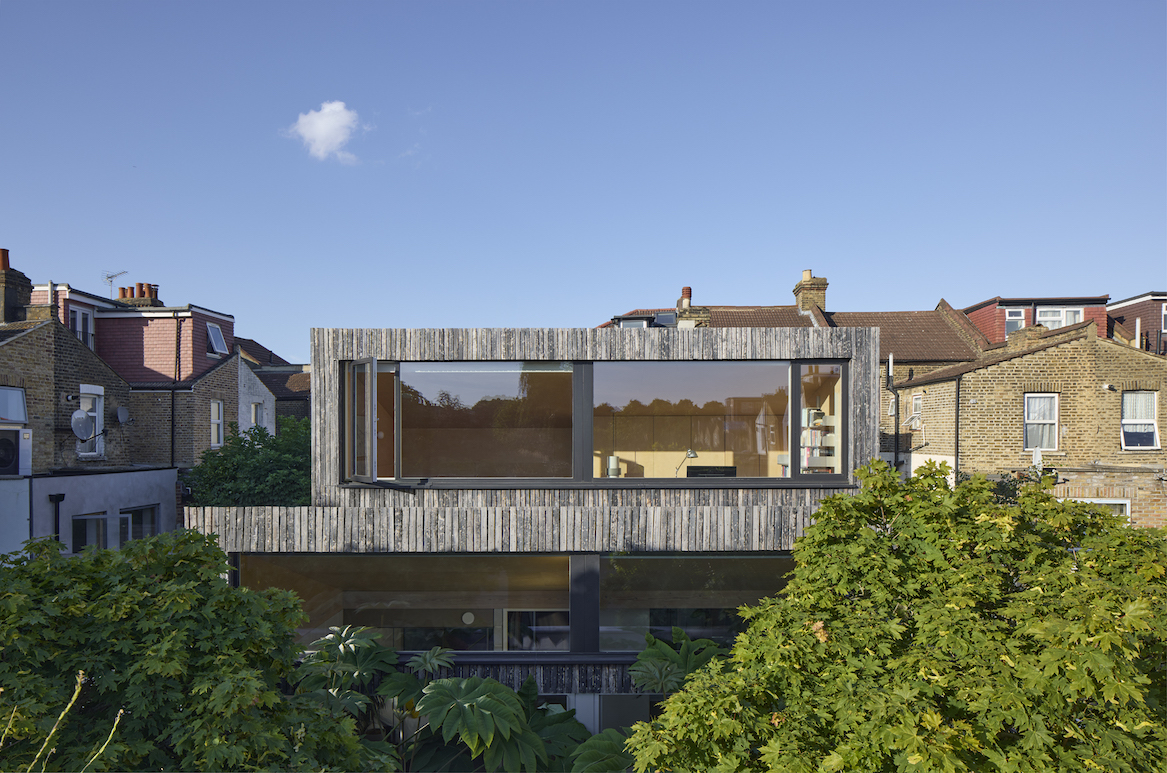Interview with Jonny Wong, Director with dMFK Architects and 2024 British Homes Awards Judge
A Director with dMFK Architects, Jonny Wong is part of this year’s British Homes Awards expert judging panel. He reflects on the judging process as well as dMFK’s own residential work, what the key is to achieve a sense of community and best practice mixed use.
JW: “What’s impressed me is practices that found clever ways to make constrained sites work harder, or to unlock real quality of life with a limited budget. There’s also been a noticeable emphasis on landscape, communal spaces and sustainable living, which feels like a positive shift in priorities. It shows that even in a tough market, there’s real ambition to build places that people will genuinely enjoy living in.”
advertisements along London’s arterial roads, whereas the Nestlé Factory at Hayes was more restrained in expression, but still prominently sited and highly legible from the railway, canal, and surrounding road network.”
The Nestlé Factory fell into this latter category of being locally listed.Though less ornamental than the Great West Road showpieces, it was an early and important collaboration between Wallis Gilbert and Truscon, setting the pattern for their later work. The masterplan also embodied the ‘factory in a garden’ ethos, with landscaped grounds, sports facilities and a healthy, daylight-lit interior, while reflecting Nestlé’s role as a major local employer, continuously in use from 1914 until 2012.
Our approach was therefore to identify what aspects of the Nestlé Factory mattered most to the local community, to London’s industrial story, and to heritage more broadly, and to shape the design around those values.
Q: Can you tell me a bit about the process of successfully creating a new neighbourhood, how did you engage with local people and businesses?
A lot of the people living on and around Nestles Avenue had a direct connection to the old factory, either having worked there themselves, or having family who did. There was a strong sense of ownership of the site locally. In the early stages of engagement, people told us they didn’t want to see it sitting derelict and fenced-off; they wanted activity, and they wanted the history of the place to be respected. That gave us a clear mandate: conserve what was important, but also give the site back to Hayes as somewhere people could use and enjoy. So our approach was about balancing heritage with openness. Residents were reassured to see us keeping the significant facades, entrance tower, and spaces, but they also really welcomed the opening up Wallis Gardens as a public park, and our creating new routes through the site and providing access to the canal.
Q: Is there anything else you want to add in terms of avoid the pitfalls of commercial-to-residential conversion but then having a lack of retail/commercial space to serve the new residential community?
One of the big risks in residential-led regeneration is ending up with housing but no supporting uses like no shops, cafés or community facilities, leading to a neighbourhood lacking vibrancy. Considering meanwhile uses is crucial, because new space often won’t be commercially attractive until there’s enough footfall. A good example is Brent Cross Town, where Related Argent brought F&B tenants over from King’s Cross and delivered the landscape and children’s play spaces ahead of the residential. Of course there were incentives to make that work, but it created activity, identity and a sense of community before the first residents even moved in. That kind of thinking is essential if we want to avoid sterile, housing-only places.
centred on new landscape and public routes through what is currently a closed-off block.centred on new landscape and public routes through what is currently a closed-off block.
We’re also in the early stages of flexible living projects across several boroughs – too early to discuss in detail, but exciting for us as they allow us to cross over our residential and Purpose Built Student Accommodation (PBSA) experience with our amenity-rich interior design expertise. It’s an area we see as a real growth opportunity.
And lastly, we’re working with Eaglestreet to reposition another Wallis Gilbert-designed factory into apartments. As with our commercial projects, the intention is to provide more than the standard – in this case, generous resident amenities including lounges, workspaces, gyms, and expansive views from a shared roof terrace and bar.
